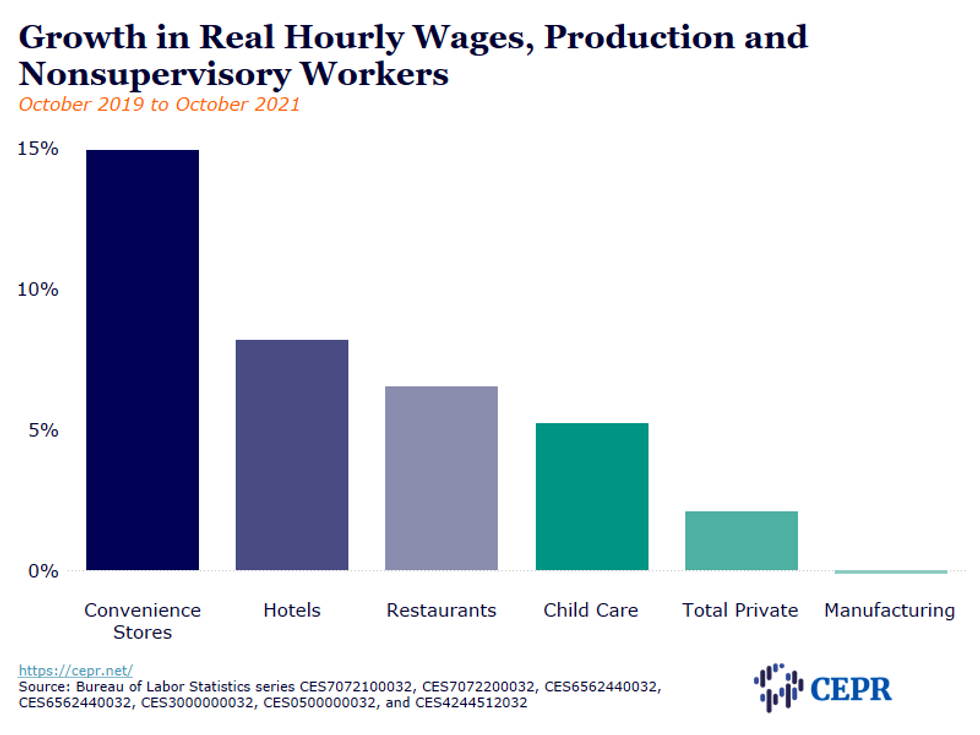The firestorm began last week, when CNN published a story featuring deleted Reddit posts in which Platner—who is running to unseat Sen. Susan Collins (R-Maine)—called himself a "communist," castigated police, downplayed sexual assault in the military, and asked, "Why don't black people tip?"
Platner, who launched his campaign in August with a fiery anti-oligarchy message, has addressed the resurfaced posts head-on, saying they reflect a period of his life in which he was angry, depressed, less knowledgeable, and disillusioned from eight years of service in the US military. Platner said he has since evolved personally and politically, recognizing today that many of his past comments were abhorrent.
"I don't want people to judge me off the dumbest thing I said on the Internet 12 years ago," the Senate hopeful, now 41, said in a statement regarding the Reddit posts, which he deleted ahead of his campaign launch. "I would like people to engage with who I am today."
Allies of Platner, including US Rep. Ro Khanna (D-Calif.), came to his defense, accusing the Democratic Party establishment of trying to undermine him for the benefit of its preferred candidate in the race, Maine Gov. Janet Mills—who announced her bid for Collins' Senate seat a day before the CNN story broke.
"I respect Platner's journey and the man he is today. I reject the politics of personal destruction," Khanna wrote on social media. "I stand by my endorsement. I won't cower to the establishment."
But with the ink hardly dry on news stories plumbing Platner's social media history, the candidate is now facing fresh uproar over a chest tattoo he got 18 years ago in Croatia while "very inebriated" with fellow Marines.
On Platner's account, the tattoo—which resembles Nazi iconography—was an ignorant mistake, not an expression of affinity for Nazism or antisemitism, of which he said he is a "lifelong opponent." Platner has since had the tattoo covered with "some kind of Celtic knot with a dog on it," he told Vanity Fair on Wednesday.
Platner discussed the tattoo at length in an interview on "Pod Save America," saying he decided to address it publicly after he "got wind that in the opposition research, somebody was shopping the idea that I was a secret Nazi with a hidden Nazi tattoo."
"We chose a terrifying-looking skull and crossbones off the wall because we were Marines and, you know, skulls and crossbones are a standard military thing," he said.
"At no point in this entire experience of my life did anybody ever once say, 'Hey, you're a Nazi,'" Platner added.
In the early stages of his campaign, Platner has spoken out forcefully against what he's called the "right-wing populism" of figures like President Donald Trump, saying it "otherizes people" and wields bigotry as a tool to divide the working class while continuing to redistribute wealth to the oligarchs on top.
"I think we live in a world that is shaped by policy," Platner told MSNBC's Chris Hayes last month. "I don't think it has to be like this. All the outcomes we have are the outcomes of policy decisions that we choose to enforce or not enforce."
"And when you start asking, well, like what other questions you'd have to ask to get the outcomes we have currently, the answer starts to mostly look like we're just figuring out how to steal as much money and time from working people and give it to the ultra-wealthy," he continued. "And that's pretty much where I've landed."
Platner has also been highly critical of the Democratic establishment, condemning the party's support for Israel's genocidal assault on Gaza and failure to sufficiently counter the fascistic Trump administration.
"Nothing pisses me off more than getting a fundraising text from Democrats talking about how they're fighting fascism," he wrote on social media in August, shortly after launching his campaign. "It's such bullshit. We're not idiots. Everyone knows most of them aren’t doing jack shit right now to fight back."
"This is a crucial moment for the Democratic Party. If they decide that normal people with some small skeletons in their closet (or inked on their chest) are not welcome, they are finished."
Some argued the fierceness of the backlash against Platner stems from the anti-oligarchy messaging that he's made central to his campaign.
"The reason anyone pretends to care about Platner's tattoo and Reddit posts is because they think he's coming after the rich. That's it. That's all it's about," wrote Matt Stoller, director of research at the American Economic Liberties Project, an antimonopoly organization. "They hate populists because we actually believe in equality and that terrifies them."
Others voiced concern about the possible chilling effect that attacks on Platner could have on future progressive political candidates, particularly if he's forced out of the race.
"Censorious, hall monitor liberalism that refuses to accept growth in people—unless you're a corporate centrist and all is forgiven, just ask [Andrew] Cuomo supporters—is far more of a threat to the Democratic Party's chances in the future than anything dug up on Graham Platner," wrote Emma Vigeland, co-host of the progressive political talk show "Majority Report."
Drop Site's Ryan Grim similarly argued that "this is a crucial moment for the Democratic Party."
"If they decide that normal people with some small skeletons in their closet (or inked on their chest) are not welcome, they are finished," Grim wrote. "Because they've tried the other way and it didn't work."
Platner has signaled that he has no intention of exiting the race, telling Semafor that his campaign has $400,000 in recurring monthly donations—a figure that he said did not dip following the resurfacing of his old Reddit posts.




